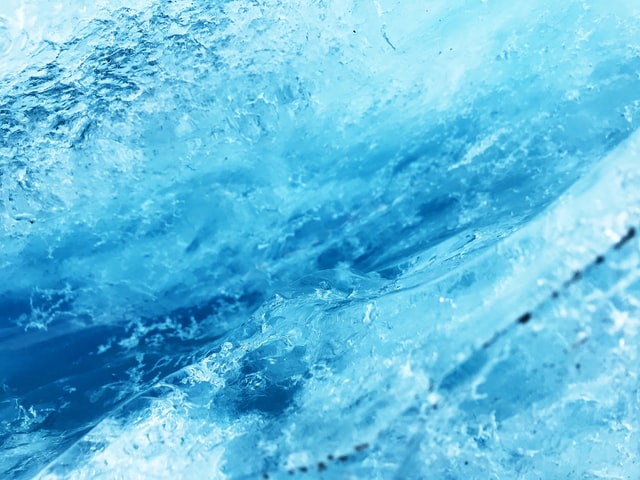
by Mingming Shi
1) According to RÚV, Iceland has been witnessing a healthy recovery of its tourism industry so far this summer, with an increasing number of foreign visitors as compared to 2020. Tourists from the United States are one of the largest number of visitors at present. However, there are also problems with this trend. Some tourism companies are encountering difficulties with employee recruitment. Additionally, the decreasing usage of the Icelandic language has been tied to the growth of the tourism sector, an issue which had existed well before the start of the COVID-19 pandemic.
2) CBC News, a Canada-based news agency, published a photography essay, featuring new graduates in Northern Canada. The image collection, which ranged kindergarteners to university students, included brief background stories behind the pictures.
3) An international ban (Agreement to Prevent Unregulated High Seas Fisheries in the Central Arctic Ocean) [pdf] on commercial fishing in the Central Arctic Ocean came into force this week, as reported by Arctic Today. China was the most recent country to ratify the agreement, doing so in May this year, and the ban’s stipulations will remain in place for at least sixteen years.
4) The Economist reported on unexpected scientific findings which suggested that dinosaurs may have lived for long periods of time in Arctic regions. A report in the journal Current Biology described fossil discoveries found in Alaska which suggested that dinosaurs were able to inhabit cooler ecosystems than conventional wisdom originally suggested.
5) The Anglo-Norse Society, based in London, has announced a new scholarship to sponsor one British postgraduate student to study for an Arctic subject-related Master’s programme at UiT – The Arctic University of Norway. Please refer to this link for further information.
6) The High North News reported findings, cited in the Zürich-based Polar Journal, of the oldest layer of permafrost ever found to date. The discovery was made near the town of Batagay (Батагай) in the Sakha Republic, Siberia. The permafrost in question has an estimated age of 650,000 years.